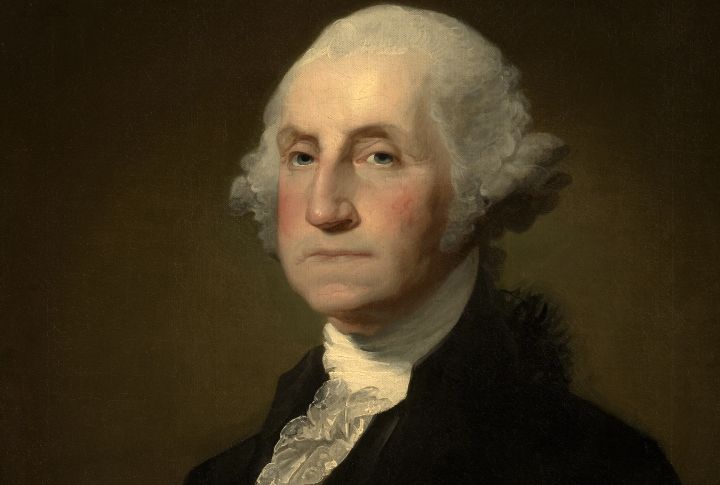
Ask around, and most people feel confident about how the United States began. The problem? Much of what’s believed either never happened or didn’t happen that way. Over time, myths blended with truths and went unquestioned. That ends now. Are you curious about what’s been misremembered for generations? Here are ten things many people still get wrong.
George Washington Never Owned A Cherry Tree

There is no historical evidence that Washington ever chopped down a cherry tree. The story first appeared in Parson Weems’s biography years after Washington’s demise. It wasn’t based on fact—it was created to encourage honesty in children. Regardless, it remains one of the most widely known and persistent American myths.
The Declaration Of Independence Wasn’t signed On July 4
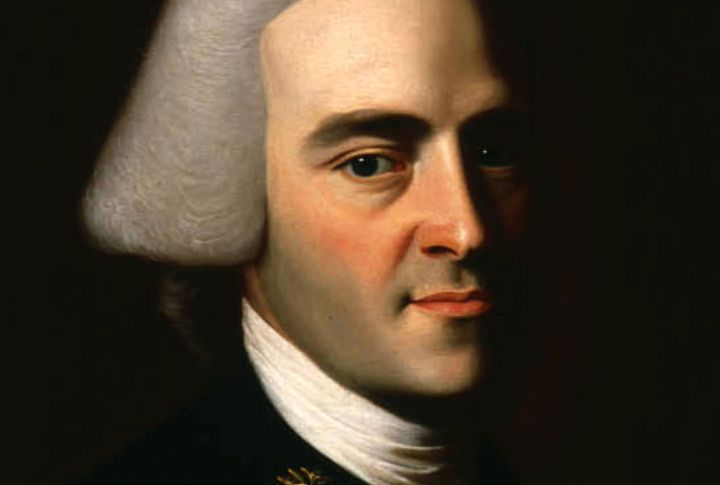
Don’t mix up approval with signing. The Declaration was formally approved on July 4, 1776, but the actual signatures came later. Many delegates signed in August, and a few added their names years afterward. John Hancock’s iconic signature? It wasn’t penned on the Fourth. Dates and documents aren’t always aligned.
Betsy Ross Didn’t Design The First American Flag

Betsy Ross is often linked to the American flag, even though historians have no primary sources confirming her role. Her descendants first shared the story nearly a century later. The first official flag was approved by Congress in 1777, and multiple women contributed to early versions used during the Revolution.
Paul Revere Was Not The Only Rider On His Midnight Ride
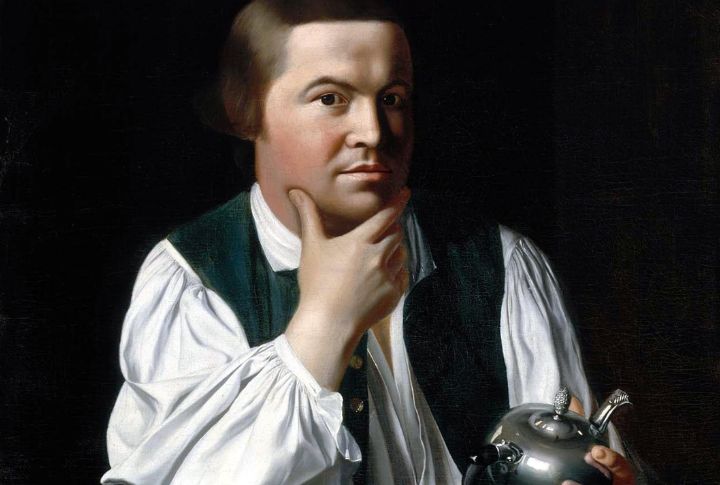
Paul Revere was long celebrated as the lone hero. In reality, he wasn’t riding solo that night. William Dawes and Samuel Prescott were right there with him, warning other towns. Funny enough, Revere didn’t quite finish his route—he got caught. His fame skyrocketed later, thanks to a dramatic 1800s poem that rewrote the story.
The Constitution Was Not A Radical Break From British Law
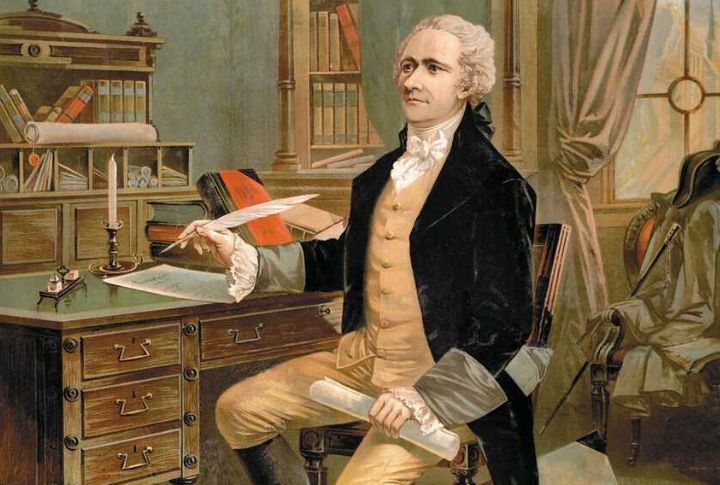
The U.S. Constitution wasn’t a completely new or radical idea; it was built on British law traditions. It borrowed many rules from English common law, and the Bill of Rights reflects these influences. Founders combined old English ideas with new ones, using colonial laws as guides. That’s why American law still shares many features.
The Liberty Bell Did Not Ring On July 4, 1776
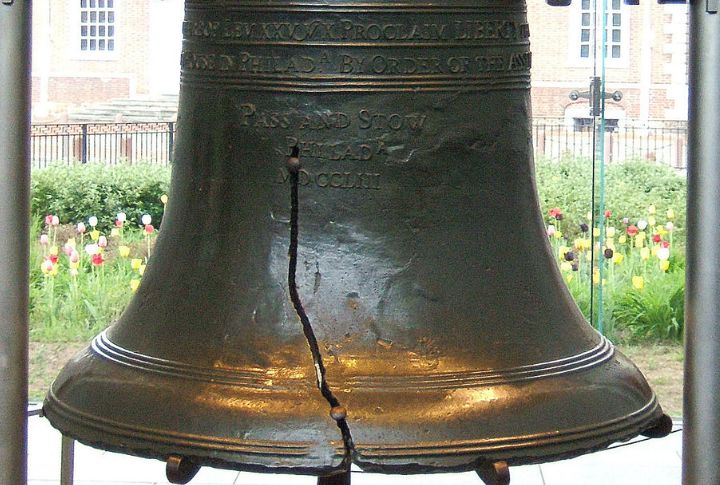
Once called the State House Bell, the Liberty Bell didn’t ring on July 4, 1776. The bell was used for public gatherings rather than marking independence. A crack in the early 19th century led to its retirement. Later, abolitionists adopted the bell as a powerful symbol of liberty.
Thomas Jefferson Did Not Write The Constitution
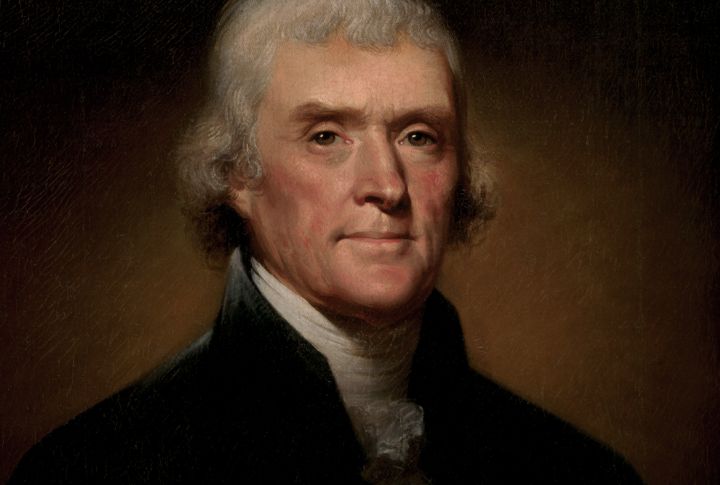
Thomas Jefferson helped draft the Declaration of Independence. However, he played no role in writing the Constitution. That task fell to James Madison and others at the 1787 convention. Jefferson wasn’t even in the country—he was serving as ambassador to France. Still, his principles helped shape the Bill of Rights years later.
The Founding Era Was Marked By Conflict And Violence

The founding era wasn’t a calm negotiation. It was full of riots, underground plots, and open violence. Loyalists were harassed or forced to flee. Tensions spiked after the Boston Massacre. Guerilla tactics and espionage played major roles. To understand American origins clearly, acknowledge the unrest that shaped the path to independence.
The Federal Government Was Not Fully Operational In 1789
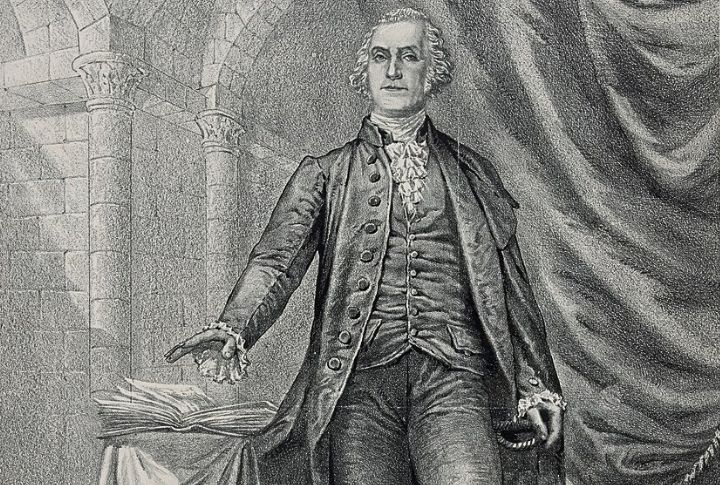
After ratification, the federal government took time to become fully operational. It took months to organize everything. George Washington’s inauguration didn’t happen until April 1789. Early operations were handled from New York City, the temporary capital. And the Bill of Rights was added later after the government had officially started functioning.
The Founders’ Personalities Were More Complex Than Legends Suggest

The Founding Fathers were not perfect or heroic, as many stories say. They had real problems, such as money troubles, health issues, and political defeats. Even famous enemies like Adams and Jefferson eventually made peace. Their private letters reveal they felt uncertain and worried, showing they were ordinary people, not legends.

